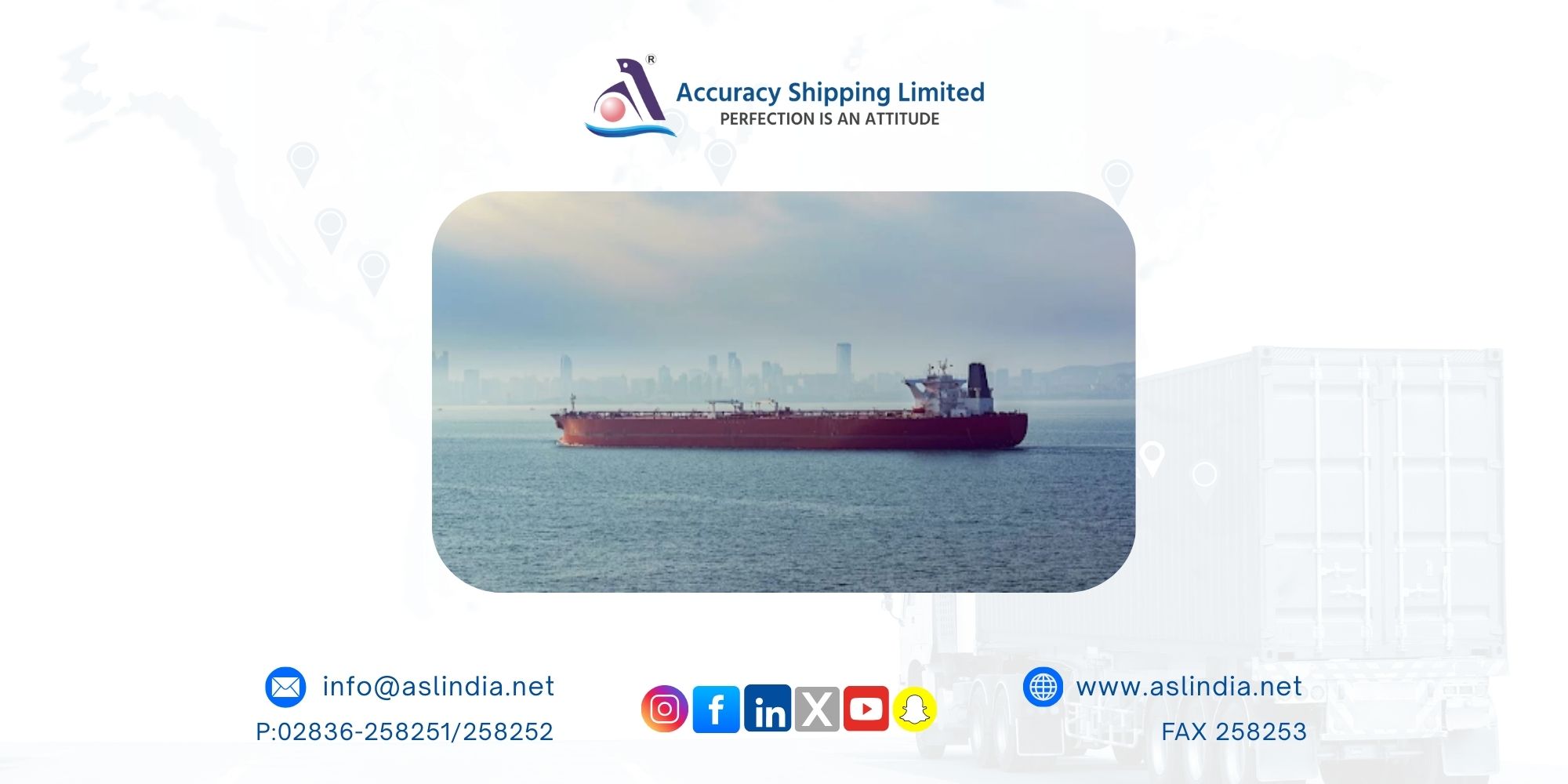India launches a $10 billion plan for its tanker fleet to increase shipbuilding

In a bold move to secure energy trade independence and elevate its shipbuilding industry, India has announced a sweeping $10 billion (approximately ₹850 billion) initiative to expand its crude tanker fleet. As the world’s third-largest oil importer, India is set to purchase 112 crude oil tankers by 2040, a decision that aligns with its broader vision of becoming a developed nation by 2047.
First Phase: 79 Ships with a Focus on Medium-Range Tankers
The initial phase of this ambitious plan involves the procurement of 79 tankers, of which 30 will be medium-range ships. As early as this month, the government is expected to issue purchase orders for the first 10 tankers. Notably, all vessels offered for sale must be constructed domestically—even if built through international collaborations.
This move is designed to not only modernize India’s aging fleet—much of which is chartered from foreign entities—but also to catalyze growth in its nascent shipbuilding sector.
The Strategic Imperative Behind the Move
India currently imports a majority of its crude oil, and with demand projected to grow significantly, the country is increasing its refining capacity from around 250 million tonnes to 450 million tonnes by the end of the decade. Despite global trends towards renewable energy, India’s energy needs continue to grow, necessitating greater control over crude transport logistics.
The shipping and petroleum ministries, in coordination with state-owned oil companies, are focused on reducing dependence on foreign-built ships. Currently, only 5% of oil tankers used by India are domestically made. The government plans to increase this to 7% by 2030 and aims to achieve a remarkable 69% by 2047.
Strengthening Domestic Shipbuilding
To support this vision, the Modi government has launched a ₹250 billion fund dedicated to the development of the maritime sector. This fund is geared toward increasing the capacity and capabilities of domestic shipyards, thereby providing a much-needed demand-side stimulus to India's relatively small shipbuilding industry.
India is actively encouraging global industry leaders—particularly from South Korea and Japan—to participate in this transformation. Incentives are being offered to firms like South Korea’s HD Hyundai Heavy Industries and Japan’s Nippon Yusen KK (NYK Line), among others. Notably, HD Hyundai is in talks with Cochin Shipyard Ltd., a state-owned Indian entity, to establish a joint shipbuilding facility in Kochi, Kerala.
Bridging the Scale Gap
One of the challenges India faces is the lack of scale in its shipbuilding sector due to limited domestic demand. The country hopes to overcome this by inviting international companies to build in India for global markets. This could significantly improve economies of scale and elevate India's global shipbuilding profile.
To illustrate the current disparity, India’s largest domestically built oil tanker, MT Maharshi Parashuram, has a deadweight tonnage (DWT) of 93,332 metric tonnes and a length of 238 meters. In contrast, China’s Oceania supertanker, owned by Minsheng Financial Leasing, boasts a DWT of 441,584 metric tonnes and is 380 meters long.
Expanding Beyond Oil
India’s ambitions don’t stop at oil. The government is also looking to enhance shipping capacity for other critical commodities such as coal, steel, and fertilizer. The overarching goal is to replace the majority of these transport vessels with ships built on Indian soil.
Conclusion
India's $10 billion tanker fleet expansion is more than just a move to secure energy logistics—it’s a strategic push to become a global shipbuilding powerhouse. With rising oil demand, an increasing refining capacity, and clear policy support, India is well on its way to achieving greater maritime independence and economic resilience. As the country eyes its centenary of independence in 2047, this plan could prove pivotal in shaping the future of India’s shipping and energy sectors.







